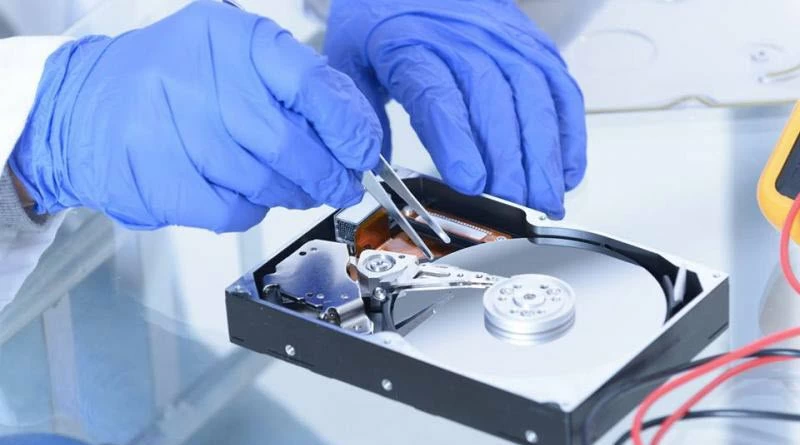Losing precious data from your hard drive can be a nightmare. Whether it’s important documents, cherished memories, or critical business information, the loss of data can be devastating. But fear not! Hard drive data recovery is a possibility, and this blog will guide you through the process.
1. Assess the Situation
Assessing the problem is the first stage in the data recovery process. Ascertain whether a software problem or a hardware malfunction is to blame for the data loss. A hardware problem could be the cause of weird noises coming from your hard disc or if it is not rotating at all. Should the disc be operating properly but you are unable to access the data, there may be a software issue.
2. Hardware Failure
In case of a hardware failure, it is best to approach professionals who specialize in hard drive recovery. These experts have specialized tools and techniques to retrieve data from physically damaged drives. They can open the drive in a clean room environment and repair or replace the damaged parts to recover the lost data. But keep in mind that this can be an expensive process.
3. Software Issues
If the drive is functioning but the data is inaccessible, it may be due to software issues. There are several software programs available that can help you recover data from a malfunctioning drive. These programs work by scanning the drive and attempting to reconstruct the lost data. However, they might not always be successful, especially if the drive is severely damaged.
4. DIY Data Recovery
If you are tech-savvy and confident in your abilities, you can try DIY data recovery. This involves using data recovery software to scan and restore the lost data. However, proceed with caution. Incorrect usage of such software can lead to further damage and permanent data loss. Make sure to follow the instructions carefully and create a backup of your damaged drive before attempting any recovery.
5. Prevention is Key
While hard drive data recovery is possible, prevention is always better than cure. Regularly backup your data to an external storage device or cloud service. This ensures that even if your hard drive fails, you will not lose important files. Additionally, avoid mishandling your hard drive. Keep it in a safe and stable environment to reduce the risk of physical damage.
6. Seek Professional Help
If all else fails, it is best to seek professional help. Data recovery specialists have the knowledge, skills, and tools to tackle even the most challenging cases. They can offer solutions that might not be possible through DIY methods. Although it may come at a cost, the peace of mind that comes with recovering your valuable data is priceless.
Conclusion
Losing data from your hard drive can be a stressful experience, but it is not necessarily the end. By following the steps outlined in this blog, you can increase your chances of recovering your lost data. Remember to assess the situation, determine the cause of failure, and try the appropriate recovery methods. And most importantly, always back up your data to prevent future mishaps. With patience, perseverance, and the right approach, you can regain access to your valuable files and memories.




